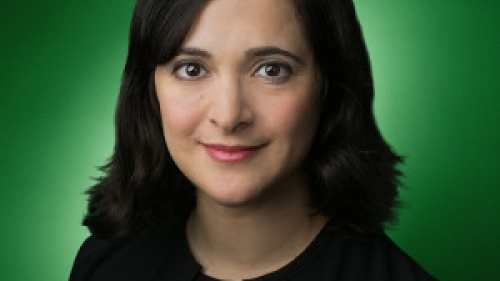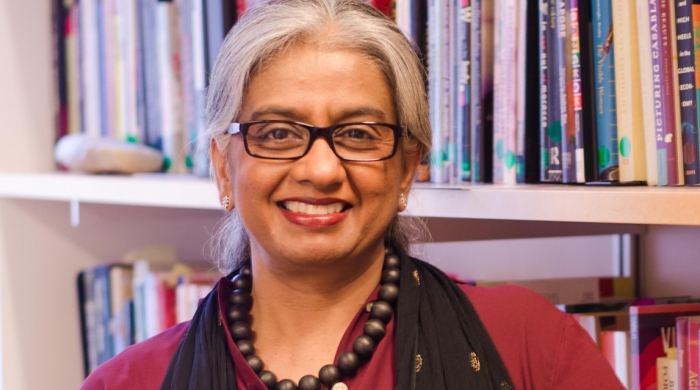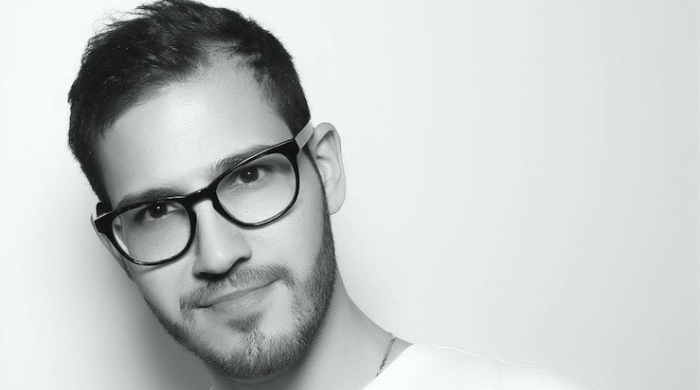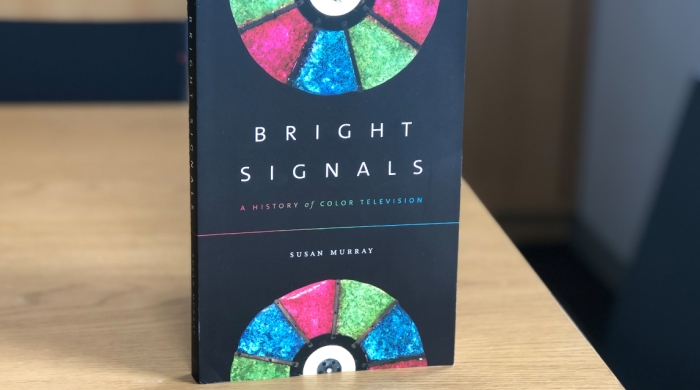
Valerie Streit
Valerie Streit (MA '06), leads partner and product operations at Google where she assures high-quality, diverse news content in Search, Google News, YouTube and Assistant. Previously at YouTube, she cultivated platform growth strategies and audience insights with a focus on the news vertical. She has also led publisher outreach to help drive adoption to the Accelerated Mobile Pages Project.
A graduate of NYU Steinhardt's media ecology program, Valerie launched her career as a local news producer in San Diego and San Francisco before joining CNN to freelance as a writer/segment producer. She then turned her freelancing gig into a full-time job at CNN in Atlanta, where she piloted new editorial products and launched original content for CNN.com, iReport, CNN Video, and CNN Live. At CNN, Valerie trained colleagues on how to leverage nascent social media and video for storytelling and interaction, and managed global social media and audience participation platforms. We spoke to her about her career which she has described as "a blend of journalism advocacy and technology."
What is a typical work day like at Google? My fantasy is that you do a lot of collaborating and you play ping pong. Could you speak to the openness of your work setting?
The workplace is definitely conducive to team collaboration (and fun), but we work really hard at Google. The last time I played games at work was during Take Your Child to Work Day! My team is distributed across many offices and time zones, and we often work together over group chat and Hangouts. While the work requires significant time in front of a computer, I do appreciate the abundant creative and cozy settings in the building. A conference room in a train car, a secret room behind a bookcase, or a Lego-filled micro kitchen are among the many options to untether yourself from a cubicle.
Your job at Google is to assure high quality, diverse news content on its platforms. What do you look for in quality and diversity? Do you do this work alone or with colleagues?
Great question! We aim to promote and reward original journalism, and we surface content while considering qualities such as freshness or recency, diversity of perspectives, and editorial accountability and transparency. Some sections can be influenced by users in their preference settings. It is truly a cross-functional effort across many teams such as Product, Policy, Marketing and Operations.
Do you weed out fabricated news and if so, what alerts you to an inauthentic news story?
Our algorithms take a variety of signals into account when ranking news content, and humans (like myself) do not actually review articles in a manner of subjective determination. That said, we do have comprehensive content policies in place, and we enforce them algorithmically at scale.
How did your NYU education prepare you for your career?
My coursework in Media Ecology prepared me to critically explore the study of media environments and reframe the theoretical concepts introduced in the 1960s within the context of our contemporary information ecosystem. I particularly recall incredible mentorship for my thesis from Professor Nicholas Mirzoeff and a generous post-graduate opportunity to publish a research study of post-September 11 media coverage with Professor Rodney Benson.
You have worked with CNN as a writer and producer and spent five years at YouTube cultivating platform growth strategies. So you know a lot about storytelling and audience interaction. Do you have any tips on how to make material get more traffic? Can we make this alumni profile go viral?
No matter what, a creator or publisher must always start with great content. It is easy to dress up any story with clickbait-y headlines or images for short-term gains, but if you truly want to build a loyal audience who may elect to subscribe or pay for your content, you have to make a long-term commitment. At YouTube and CNN, I developed post-viral strategies, looking at how how to translate intermittent success into consistent, long-term audience engagement.
In my mind, the challenge is not attracting one-off attention, it's how you convert a casual viewer into a habitual one and catalyze a sustainable information landscape involving content creators and their loyal audiences.
Related Articles
Radha Hegde Recognized for Advancement of Feminist Scholarship
Professor Radha Hegde received the 2019 Teresa Award for the Advancement of Feminist Scholarship at the International Communication Association conference in Washington, DC.
“Coffee is Crucial”: An Interview with Jordan Cohen (BS ’11), The New York Times
Jordan Cohen (BS ’11) serves as Executive Director of Communications at The New York Times.
A Prize for Bright Signals: A History of Color Television
Bright Signals: A History of Color Television by Professor Susan Murray won the Society for Cinema and Media Studies’ 2019 Katherine Singer Kovács Book Award.



